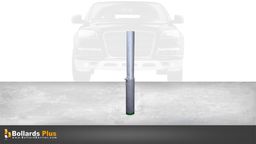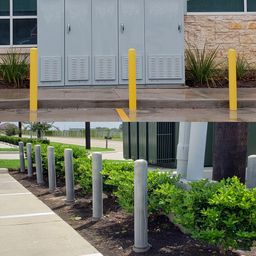Bollard Considerations for Electrical and High Voltage Equipment Protection
Protecting high voltage equipment like transformers, generators, switchgear, and utility pedestals is a critical safety and compliance requirement. Bollards play a central role in this protection—serving as physical barriers that prevent accidental vehicle strikes, unauthorized access, and catastrophic equipment damage. Whether in substations, pad-mounted transformer sites, or commercial and industrial facilities, the proper installation of bollards ensures personnel safety, system uptime, and regulatory approval.



